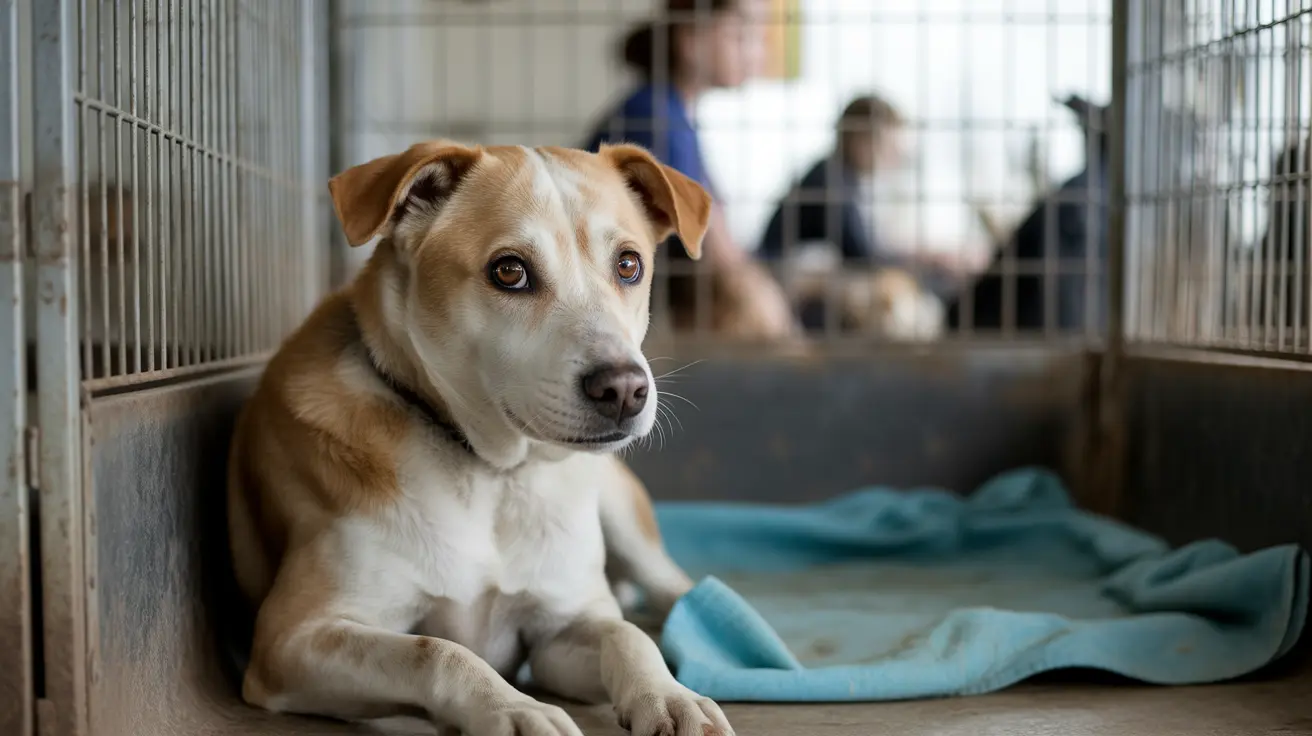Alaskan Husky vs. Siberian Husky: Key Differences Explained
Origins and Recognition
Siberian Huskies and Alaskan Huskies often get confused, but they diverge sharply in ancestry and official recognition. The Siberian Husky is a purebred dog acknowledged by the American Kennel Club (AKC). It hails from Siberia, crafted by the Chukchi people for sled pulling and companionship in frigid climates. Their fame soared during events like the 1925 Nome Serum Run. In contrast, the Alaskan Husky isn't a pure breed at all. Instead, it's a purpose-bred working dog—a blend of husky types and other breeds—engineered for peak performance and endurance in sled racing or labor, not for consistent looks.
Physical Appearance
- Siberian Huskies: Medium-sized (45-60 pounds), standing 21-24 inches tall. Their coats display a wide spectrum of colors—gray, white, red, agouti, brown, black. Eye color can be blue, brown, heterochromatic (two-toned), or parti-colored. They have thick, medium-length double coats for cold protection.
- Alaskan Huskies: Slightly lighter (40-55 pounds) but may stand taller (up to 25.5–26 inches). Their build is leaner and more athletic. Coats are shorter—usually solid black or white but can vary widely due to mixed ancestry. Brown eyes are most common.
The differences are easy to spot once you know what to look for: Siberians have that plush coat and striking eyes; Alaskans look sleeker and more utilitarian.
Genetics and Breeding Practices
Siberian Huskies stick to a closed gene pool with strict breed standards. Alaskan Huskies result from selective crossbreeding focused on traits like stamina, speed, and cold resistance. Breeds such as greyhound, border collie, or labrador retriever sometimes sneak into the Alaskan Husky’s family tree to boost specific abilities. This mixed heritage means Alaskans vary more in size, appearance, and personality than their Siberian cousins.
Temperament & Personality
- Siberian Huskies: Friendly, social, smart—they bond well with families and children but can be independent or stubborn at times.
- Alaskan Huskies: Even more independent and adventurous; they’re often laser-focused on work rather than routine or human company. Still friendly overall but less predictable due to their diverse backgrounds.
Both breeds brim with energy and need lots of exercise—at least two hours daily plus mental challenges—to stay happy (and out of trouble).
Training Needs
Siberians respond best to consistent training using food rewards or play; their intelligence suits them for obedience or agility but they’ll quickly tire of repetition. Alaskans need firm training geared toward performance—they’re bred for independence in tough conditions so practical tasks work best. Both learn fast but require experienced owners who understand their quirks.
Exercise Requirements
- Daily walks or runs (the longer the better)
- Agility courses or canine sports
- Pulling activities like canicross or bikejoring—especially vital for Alaskans who crave sled-like tasks
- Puppy exercise should be gentle to protect joints; older dogs need moderation too.
Their working roots mean both thrive when given jobs to do—not just physical activity but mental stimulation as well.
Health Considerations
- Siberian Huskies: Generally healthy yet prone to issues like hip dysplasia or eye disorders due to their closed gene pool.
- Alaskan Huskies: Benefit from hybrid vigor but may face conditions like hypothyroidism or sensitive skin thanks to genetic diversity.
- Both need regular vet checks tailored to their breed-specific risks.
Grooming & Coat Care
Their thick double coats shed heavily—especially during seasonal changes—so weekly brushing is a must (more often when shedding). Baths are needed only occasionally since both breeds tend to stay clean with little odor. Never shave their coats; this disrupts natural temperature control and exposes skin to sunburn risk.
Lifestyle & Adaptability
- Cold Climates: Both excel here thanks to dense coats—but they can adapt elsewhere if given water, shade, and shelter from heat.
- Mental Stimulation: Without enough activity both breeds become mischievous or destructive out of boredom.
- Prey Drive: Supervise around small animals; early socialization helps curb chasing instincts.
Siberians are slightly more family-oriented while Alaskans shine brightest when given meaningful work—but both demand commitment from owners familiar with high-energy dogs who think for themselves. The bottom line? If you want a striking companion recognized by breed clubs with predictable looks and temperament, go Siberian Husky. If you’re after a sled-racing athlete whose appearance takes a back seat to stamina and drive—and don’t mind surprises—choose an Alaskan Husky instead.





